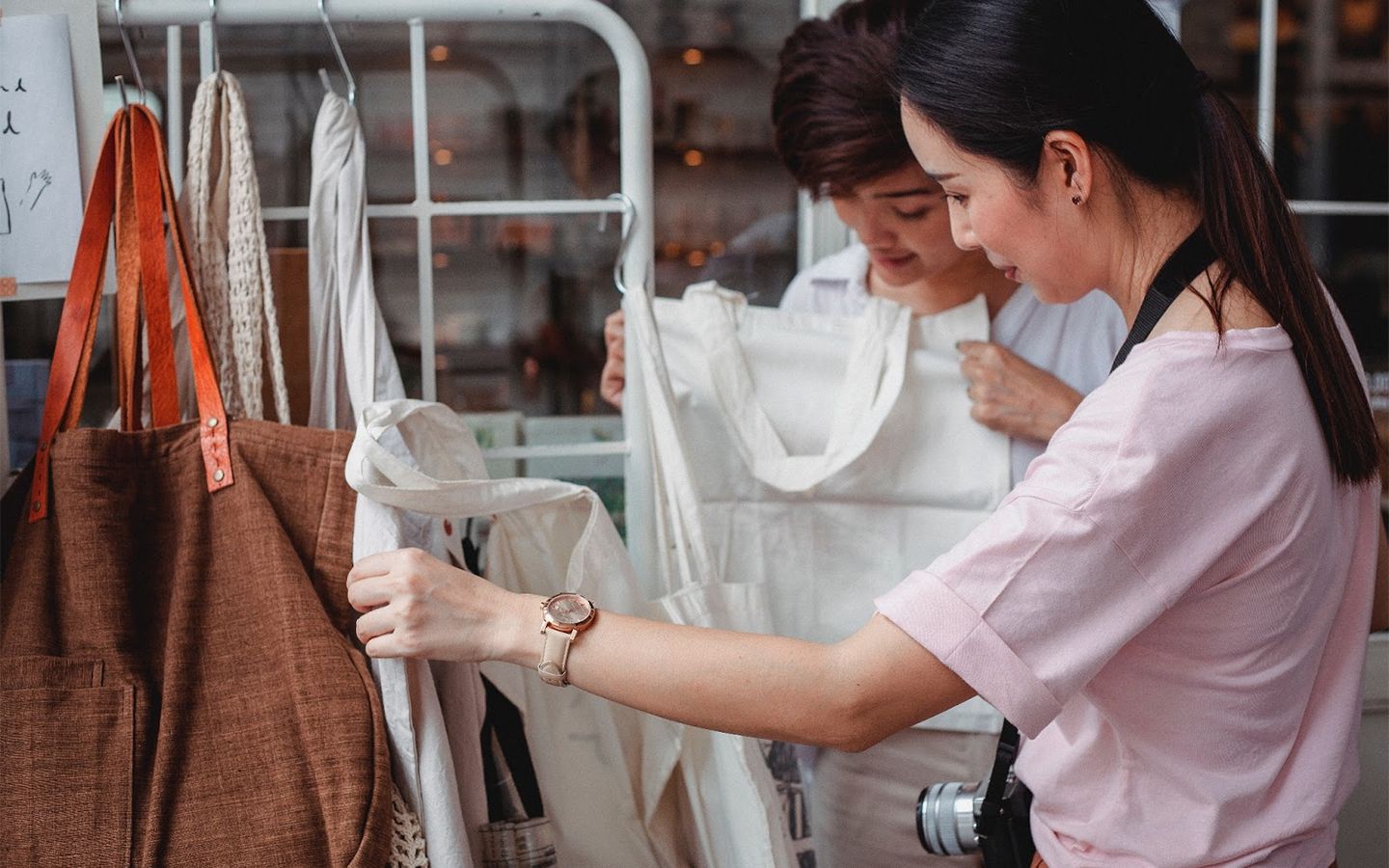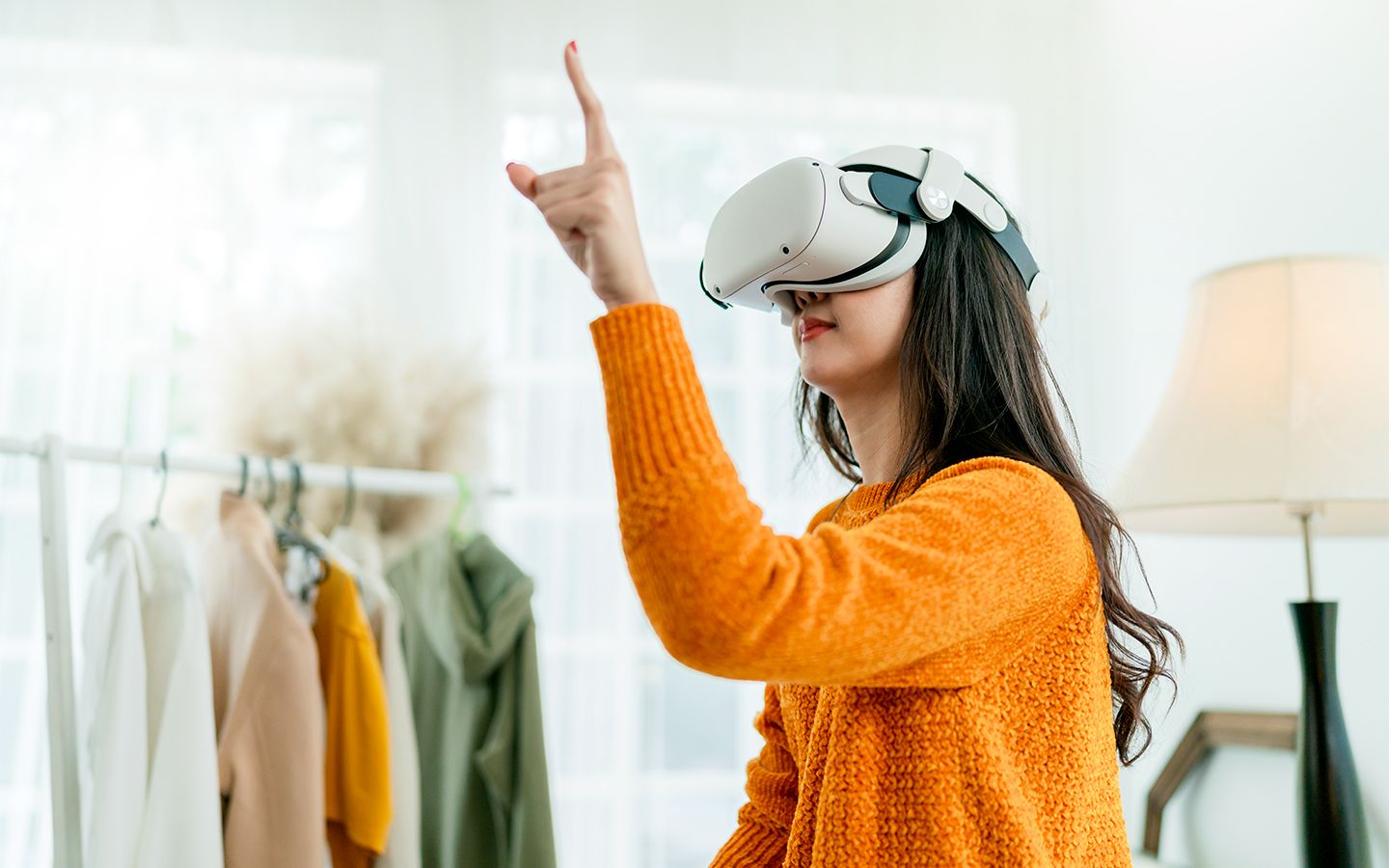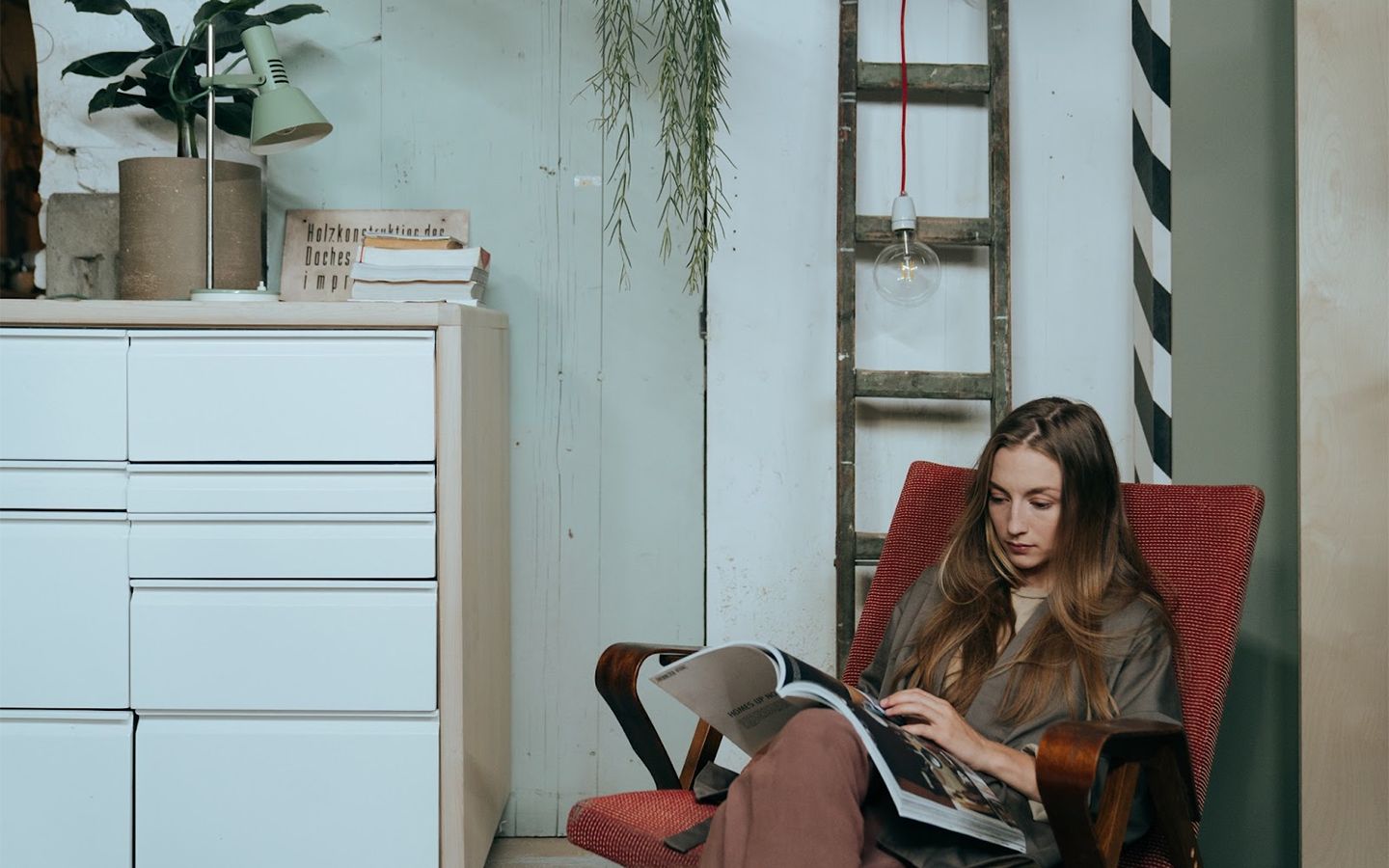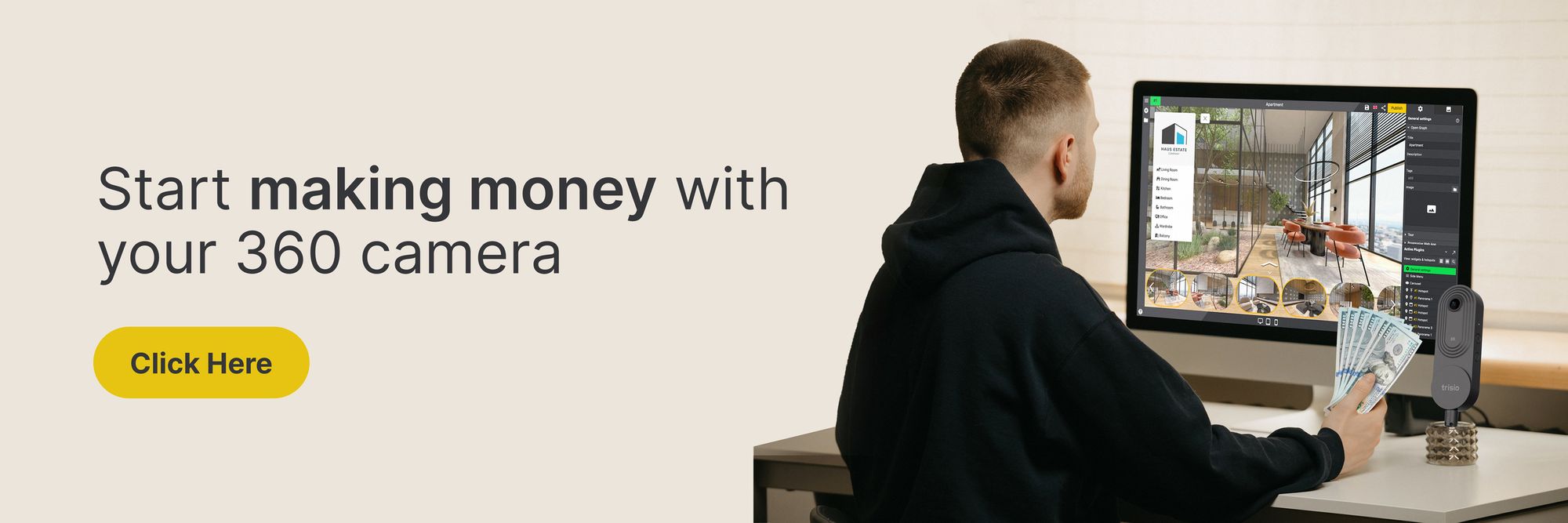360 Virtual Tours in Retail: Creating Immersive Online Shopping Experiences
The retail industry is no stranger to innovation and change.

The retail industry is no stranger to innovation and change. Retailers constantly search for new ways to create engaging online shopping experiences as the world shifts towards digital channels. One such method is through retail virtual tours, a technology that offers customers an immersive and interactive way to explore physical stores and products online.
So, what exactly is a retail virtual tour? Put simply, it is a digital experience that simulates a physical retail space, allowing customers to navigate the space and get a sense of the products and atmosphere. To create a retail virtual tour, a retailer must use a 360 camera that captures a full 360-degree view of the space. The images are then stitched together and uploaded to a platform where customers can explore the space from their computer or mobile device.

One of the most significant advantages of retail virtual tours is that they provide customers with a more immersive and realistic shopping experience. In a virtual tour, customers can explore a store or product as if they were physically there, giving them a better understanding of the space and its effects. It can be valuable for retailers who do not have a physical storefront or who want to showcase a more extensive inventory than what is available in-store.
Another advantage of retail virtual tours is that they can help build trust between the retailer and the customer. Retailers can demonstrate their transparency and commitment to customer satisfaction by allowing customers to explore a product in detail. For example, a retailer selling high-end furniture can use a virtual tour to show the quality and craftsmanship of their products, which can help build trust and increase the likelihood of a sale.

In addition, retail virtual tours can increase customer engagement and time spent on a retailer's website. By providing an interactive experience, customers are likely to stay on the site and explore the products. As a result, it can help reduce bounce rates and increase the chances of a sale. Furthermore, virtual tours can be a valuable tool for retailers to showcase their brand identity and aesthetic, creating a stronger connection with customers.

One retailer that has successfully implemented retail virtual tours is Sephora. The beauty retailer created a virtual tour of their New York City flagship store, allowing customers to explore its various sections and see the products on display. By providing an immersive experience, Sephora was able to give customers a better sense of the products available and showcase their in-store experience, which can help build brand loyalty.
However, creating a retail virtual tour requires a significant investment in technology and resources. Retailers must purchase a 360 camera and software and hire experts to create and upload the virtual tour. Additionally, creating a high-quality virtual tour can be time-consuming and may require multiple visits to the store to capture all the necessary images. Luckily, nowadays, 360 virtual tour providers like GoThru allow brands or retailers to create a 360 virtual tour easily.

Despite the initial investment, the potential benefits of retail virtual tours make it a worthwhile consideration for retailers. By providing an engaging and interactive experience, retailers can increase customer engagement and sales, showcase their brand identity, and build customer trust. In addition, with the ongoing shift towards online shopping, retail virtual tours can help retailers create a more immersive and realistic shopping experience, which can be a valuable tool for driving sales and customer loyalty.
In conclusion, retail virtual tours are an exciting and innovative way for retailers to create engaging online shopping experiences. By allowing customers to explore a physical space or product virtually, retailers can provide an immersive and interactive experience that can increase engagement, build trust, and drive sales.

While there may be initial costs associated with creating a retail virtual tour, the potential benefits make it a worthwhile investment for retailers looking to stay ahead of the curve in the world of e-commerce.
